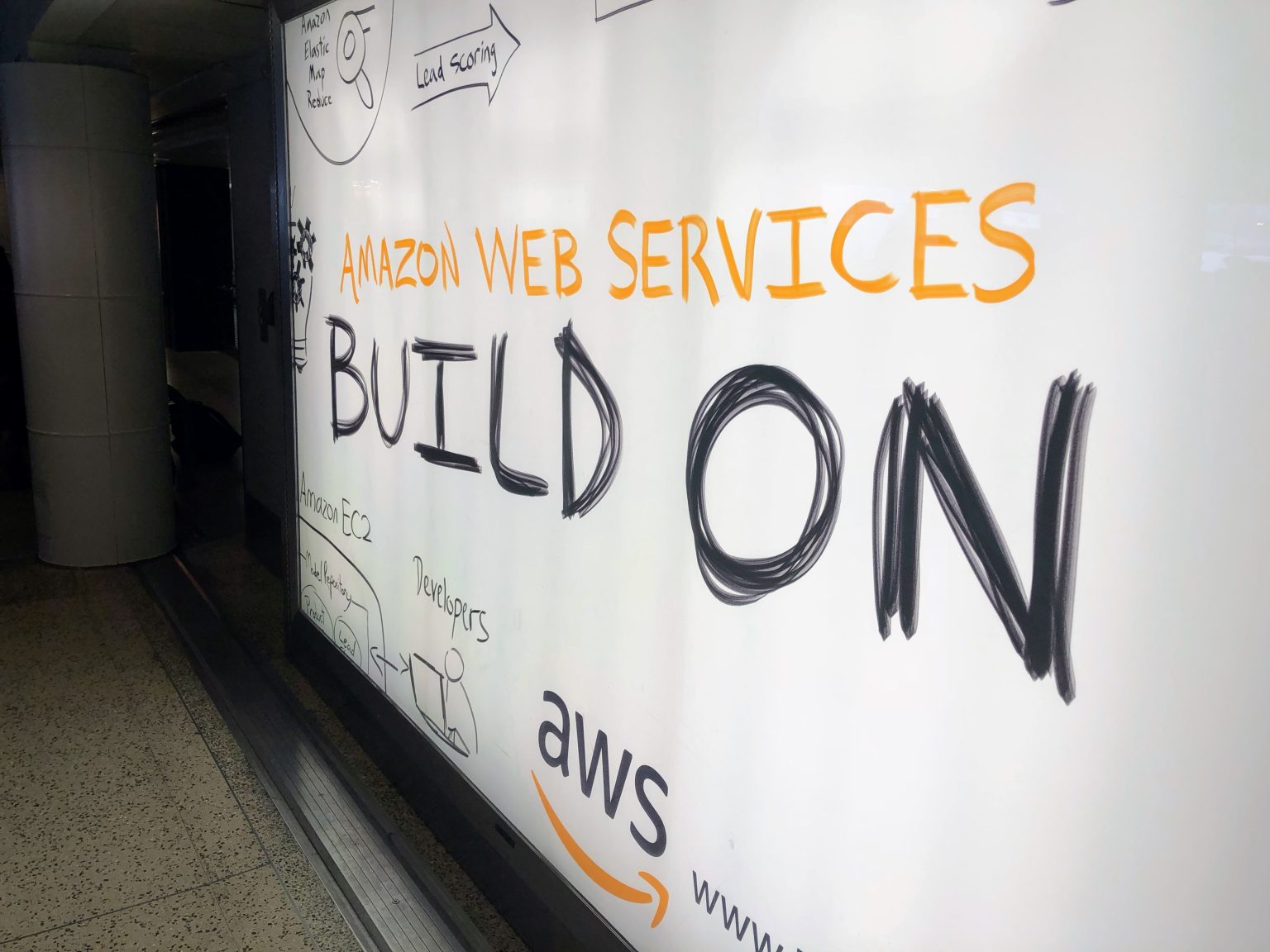Amazon Cloud Outage Reveals Unexpected Software Vulnerability
In a detailed post-mortem released Thursday morning, Amazon Web Services finally explained what caused Monday’s widespread outage that affected websites and online services globally. Rather than a hardware failure or malicious attack as many initially speculated, the problem stemmed from a rare and complex software bug within one of AWS’s most fundamental systems. The incident serves as a stark reminder of the internet’s heavy dependence on cloud infrastructure and how quickly technical problems can cascade across our digital ecosystem.
At the heart of the issue was what Amazon described as “faulty automation” within their internal systems. Two independent programs essentially began competing with each other to update records in AWS’s network configuration. This unexpected race condition caused critical network entries for DynamoDB, Amazon’s database service, to be accidentally erased. The deletion triggered a devastating chain reaction that temporarily disabled numerous other AWS tools and services that rely on DynamoDB. The technical nature of the bug made it particularly challenging to identify and resolve quickly, extending the outage’s impact across multiple services for several hours. What began as a small technical glitch rapidly evolved into a significant event that affected millions of users worldwide, highlighting the interconnected nature of modern cloud architecture.
Amazon’s response has been swift and multi-faceted. The company has completely disabled the problematic automation system across all its global regions while engineers work to fix the underlying bug. AWS has committed to implementing additional safety checks and verification processes to prevent similar issues in the future. Perhaps most importantly, Amazon is overhauling its recovery systems to ensure faster restoration of services if another incident occurs. These improvements reflect a growing recognition within AWS that as their services become more essential to global infrastructure, the impact of even minor technical problems can be magnified exponentially, requiring more robust safeguards and recovery mechanisms.
In their public statement, Amazon struck a tone of accountability and concern for affected customers. “While we have a strong track record of operating our services with the highest levels of availability, we know how critical our services are to our customers, their applications and end users, and their businesses,” the company acknowledged. This admission reflects the delicate balance Amazon must maintain between technical innovation and operational stability. As AWS has grown from a supplementary business to the profit engine of Amazon’s entire operation, the pressure to maintain near-perfect reliability has intensified. This incident, while damaging in the short term, appears to have reinforced Amazon’s commitment to infrastructure resilience and transparent communication during critical events.
The Monday outage began unexpectedly in the early morning hours and quickly spread across the internet ecosystem. Major websites, streaming services, online retailers, banking applications, and countless other digital platforms experienced disruptions or complete failures. For many users, the outage manifested as error messages, slow loading times, or functionality limitations across services that seemingly had no connection to Amazon. This widespread impact revealed the often invisible dependencies that modern digital services have on AWS infrastructure. Even companies that pride themselves on technical independence found their operations affected by the ripple effects of Amazon’s internal problems, demonstrating how deeply AWS has become embedded in the foundation of internet services.
Beyond the immediate technical explanations, this incident raises broader questions about digital resilience and concentration risk in cloud computing. As more organizations migrate their critical operations to a handful of major cloud providers, the potential impact of service disruptions grows more severe. While AWS and its competitors invest billions in reliability and redundancy, this week’s outage demonstrates that unforeseen vulnerabilities can still emerge in even the most sophisticated systems. For businesses and technology leaders, the incident serves as a timely reminder to evaluate contingency plans and consider architectural approaches that might provide greater resilience against single points of failure. As artificial intelligence and other computation-intensive applications continue to drive greater dependence on cloud infrastructure, these questions of digital resilience will only become more pressing for society as a whole.















